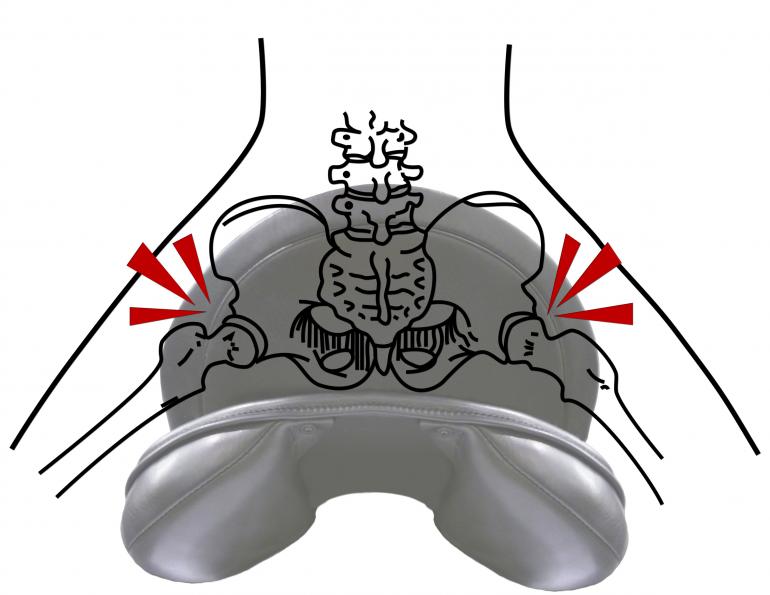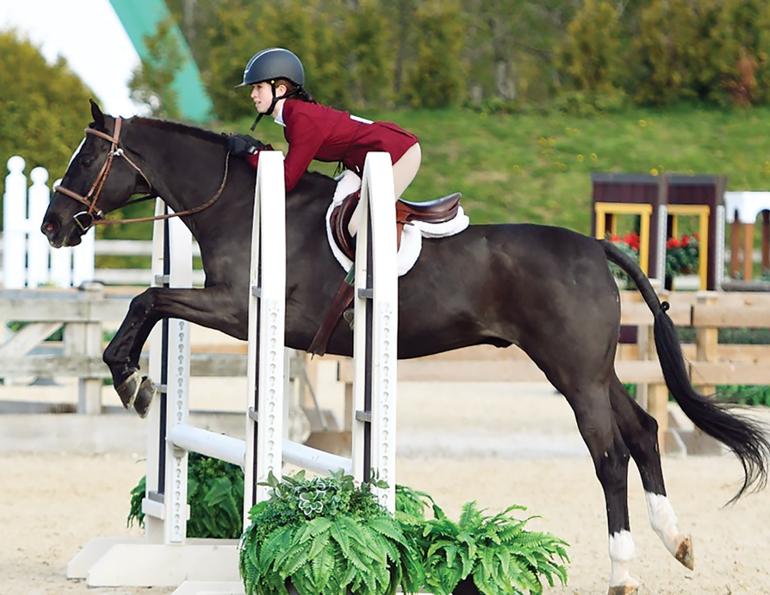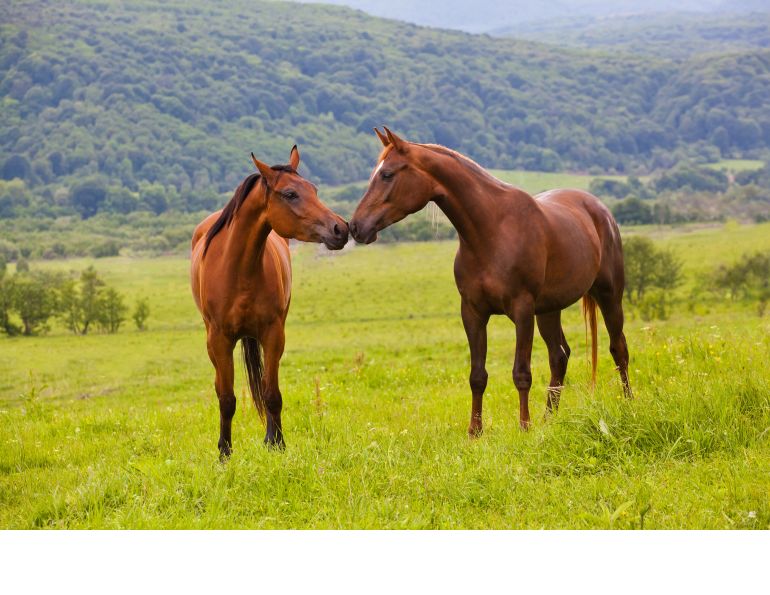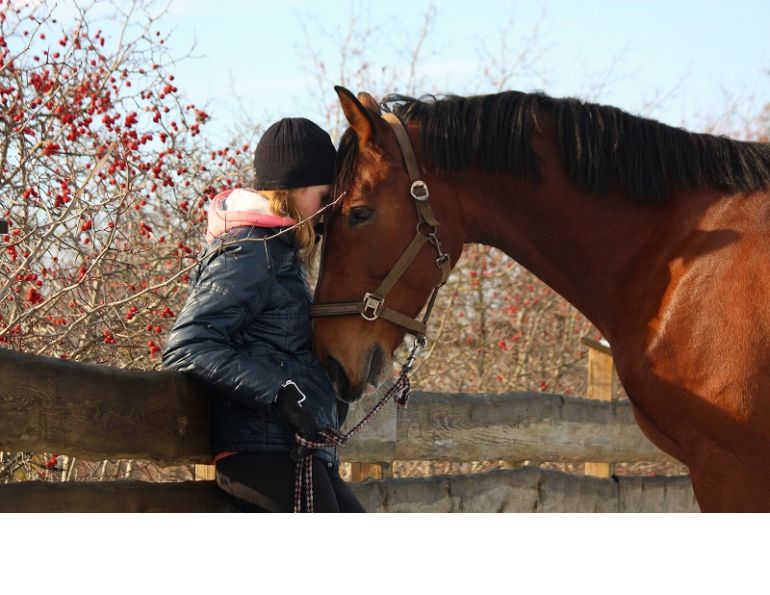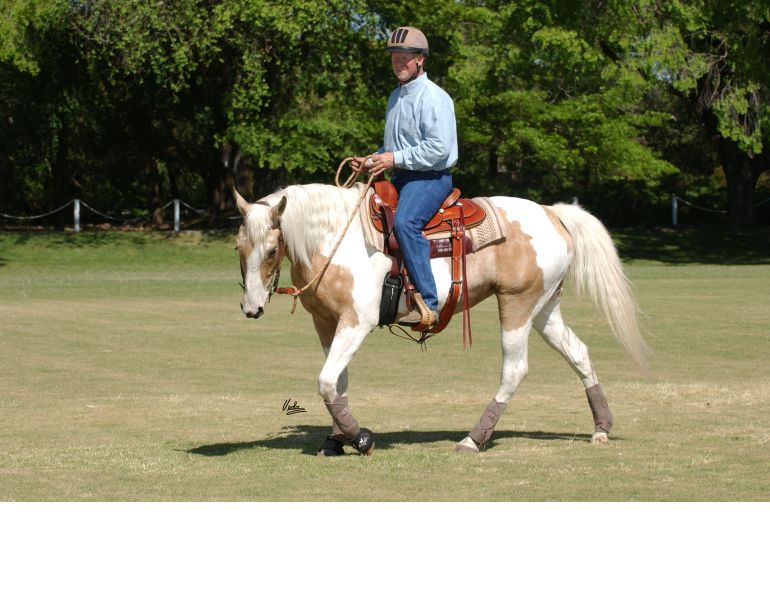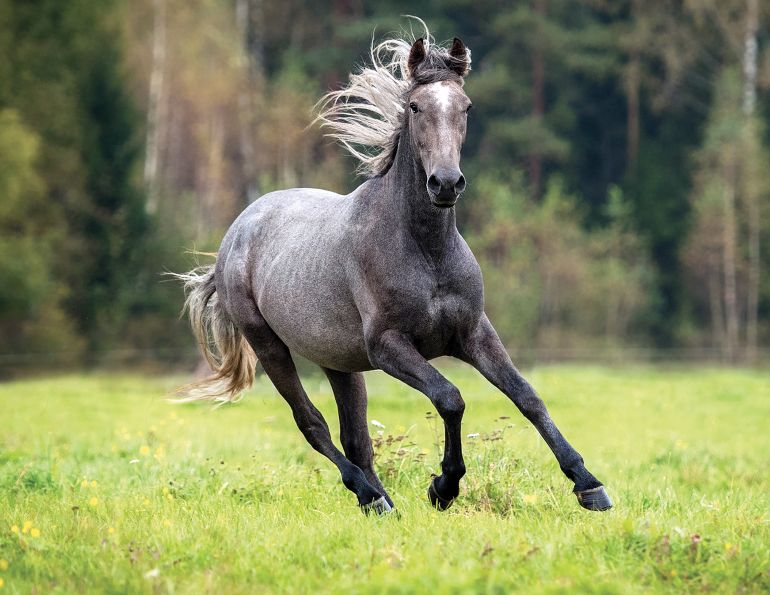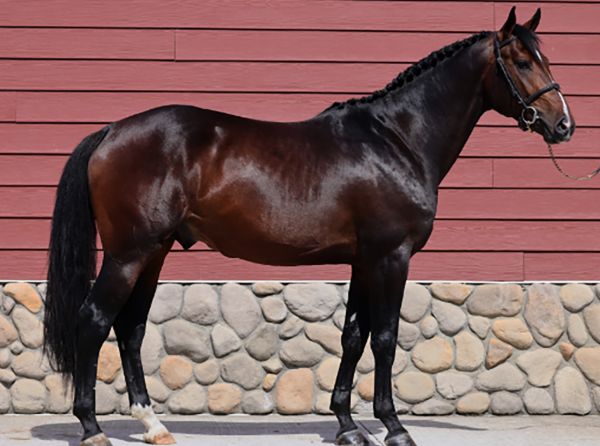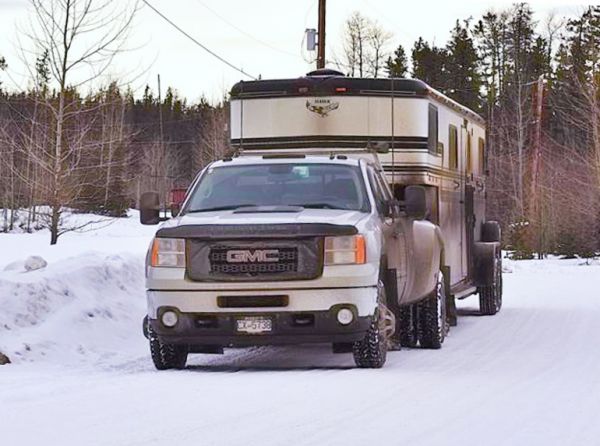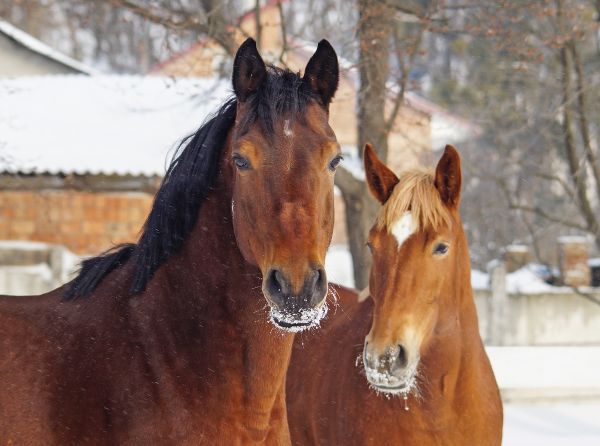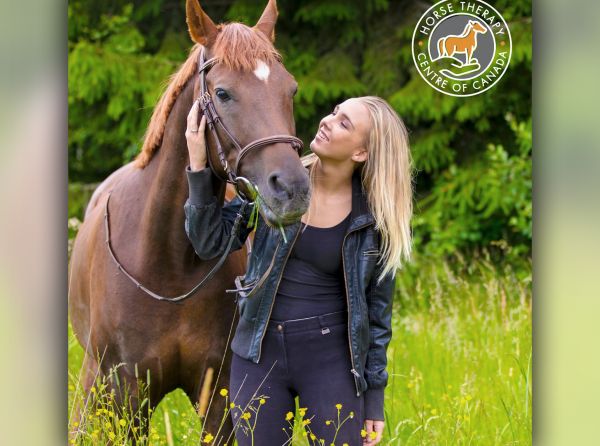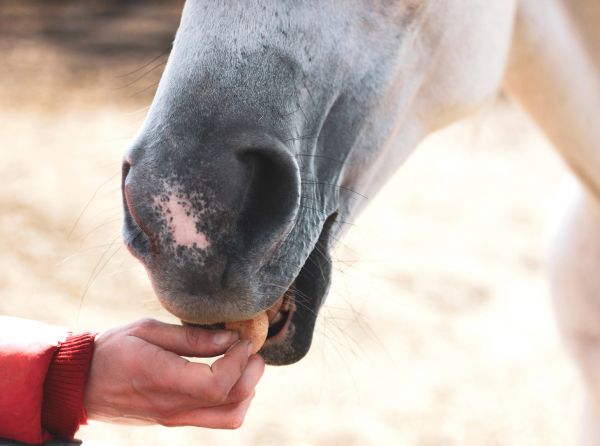By Lindsay Grice
Q How do I get my horse to halt crisply without dragging to a stop? Where, in relation to the pylon, do I stop in a pattern class?
A There’s nothing less satisfying than having to haul your horse to a stop. Like a dinner mint after a meal, a precise stop puts a finishing punctuation on a pattern and leaves the judge with a good taste in his mouth!
Your horse should be able to stop in the exact imaginary box of your choosing, not just in a general, geographical region. So the first step, as always, is to plan — you are the decision-maker.
|
Photo: Pam MacKenzie |
He should stop with his shoulder beside the cone (this is approximate because I feel that as long as the stop looks precise and planned, it doesn’t really matter whether the throat, shoulder or middle is beside the cone). Leave enough room between you and the cone so that if you are asked to pivot you won’t knock it over.
Teach your horse to stop in two stages: first with a voice command (“whoa”) and second, by backing him up. Start at a walk, and then say the word “whoa” as you roll your seat back on to your pockets. Follow this by backing him up until he is stepping back with only the softest touch of the reins — I use my legs to back my horses as well. Eventually, you can start eliminating the back up (this is where anticipation becomes our friend) when your horse starts to prepare for it by shifting his weight onto his hindquarters and stopping on his own when he hears your voice. Thereafter, only back him when he is too casual about responding to your “whoa.”
The next key to a good stop is preparation. Your horse needs to be straight and balanced in the approach. Make sure his attention is focused on you and he is yielding to your hands. Align his body parts arrow straight before you ask for the stop.
So, your canter to a stop should look like this: straighten, prepare by collecting approximately three strides from the cone, and at one stride away give a “whoa,” and stop. Back your horse if he doesn’t stop well. Like jumping or cantering a trail pole, I often count down strides with my students as they approach the stopping point so that they stop out of a rhythmic canter, rather than letting it fizzle and choke.
Main article photo: Robin Duncan Photography - If you are nervous about showing, try to block out things you can’t control, and focus instead on constructive and positive thoughts.




